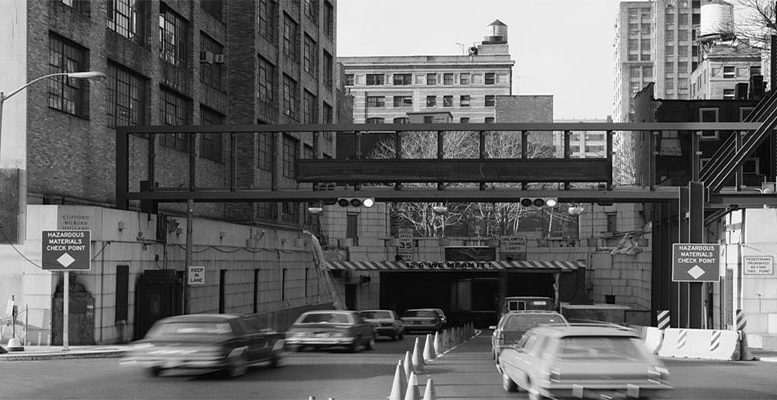Anthony Pettinari (Citi GPS) | There is talk around Washington over whether infrastructure spend will be included in a fourth stimulus package to help support the U.S.economy during the coronavirus pandemic. While we can’t rule out that funding for infrastructure will be included in a new package, it looks far more likely that any package that can be agreed on by the Administration and Congress will include more money for small businesses, the unemployed, hospitals/health care, and possibly State/Local governments. The good news though is that we expect a post-election comprehensive infrastructure bill that could help propel beaten down state and local economies. Given what seems like investor expectations of a very difficult 2020 for both public-and private-facing infrastructure markets, we think a 2021 infrastructure bill could lead to renewed interest in the sector over time.
Public highway construction is one of the most intensive projectsfor aggregates (crushed stone, sand, and gravel), using an estimated average of40,000-80,000 tonsof aggregates permile when constructing a 4-lane highway, versus 120-400 tons using for ahousing start. In addition, aggregates represent roughly ~5-10% of highway and street construction costs (per the USGS), making highway spending a key source of publicaggregates demand.
Federal highway budget legislation, which occurs roughly every four to seven years, sets and generally raises the federal budget for highway spending outlays (the most recent example being the FAST Act passed in 2015). The FAST Act authorized ~$305 billionof federal highway and other transportation related spending split over five years (expiring in 2020). The majority of the authorization (~$226bn) was reserved for highway spending. The act takes the place of a prior funding bill, MAP-21, which authorized ~$80billion in highway spending over a two-year period. Holding 2015 federal transportation annual authorizations at ~$40billionas a baseline, the FAST Act added ~$20billion in highway authorizations over fiveyears, a compound annual growth rate of ~2.8%.
The FAST Act is scheduled to expire in late September 2020 and we don’t expect it to be replaced by a comprehensive infrastructure bill in a Presidential election year. Rather we expect a one-year extension of the act, which has been the historical precedent (the threefederal highway infrastructure packages that preceded the FAST Act were extended at least oneyear) with a more comprehensive replacement/expansion occurring after the 2020 election.
Based on our estimates, there is an 18 month+ lag between the enactment of federal highway budget legislation and acceleration in public construction put in place (CPIP). While we acknowledge that CPIP is not a perfect quarter-to-quarter proxy for highway spending, we believe it’s the best historical dataset for tracking expenditures over the cycle. This delay is due to the fact that generally around three quarters of U.S.highway spending is funded on the state/local level. As long as long-term federal funding gets put in place, state legislators can become more confident in pursuing multi-year infrastructure projects. The lag results as state authorities (principally Departments of Transportation) need to devise capital plans, design projects, hire contractors, and undertake other time-consuming coordination activities. While federal funding makes up a smaller portion of highway spending, the availability of federal funds sends an important signal to state legislators and gives states confidence to begin major projects when a steady stream of federal funding is secure.
Gas taxes and other sales taxes in 2019 set up to fuel state highway spending through 2021-2022
With the federalgovernment funding only about one-quarterof highway spending, in addition to the confidence in federal assistance provided by major national budget legislation, state-level spending also requires robust revenue collection to fuel highway spending. State sales tax receipts, particularly from gas taxes, are the main source for state highway spending. We find that state highway activity generally follows an uptick in sales tax receipts with a lag of one to threeyears (seeFigure 5). On a two-year lagged basis, state and local highway spending is well correlated to state sales & use tax receipts. Stronger tax receipt growth in 2018-19 should help to fuel state spending through 2022, although COVID-19 disruptions will likely place additional strain on budgets, making the set-up less favorable than initially expected.





